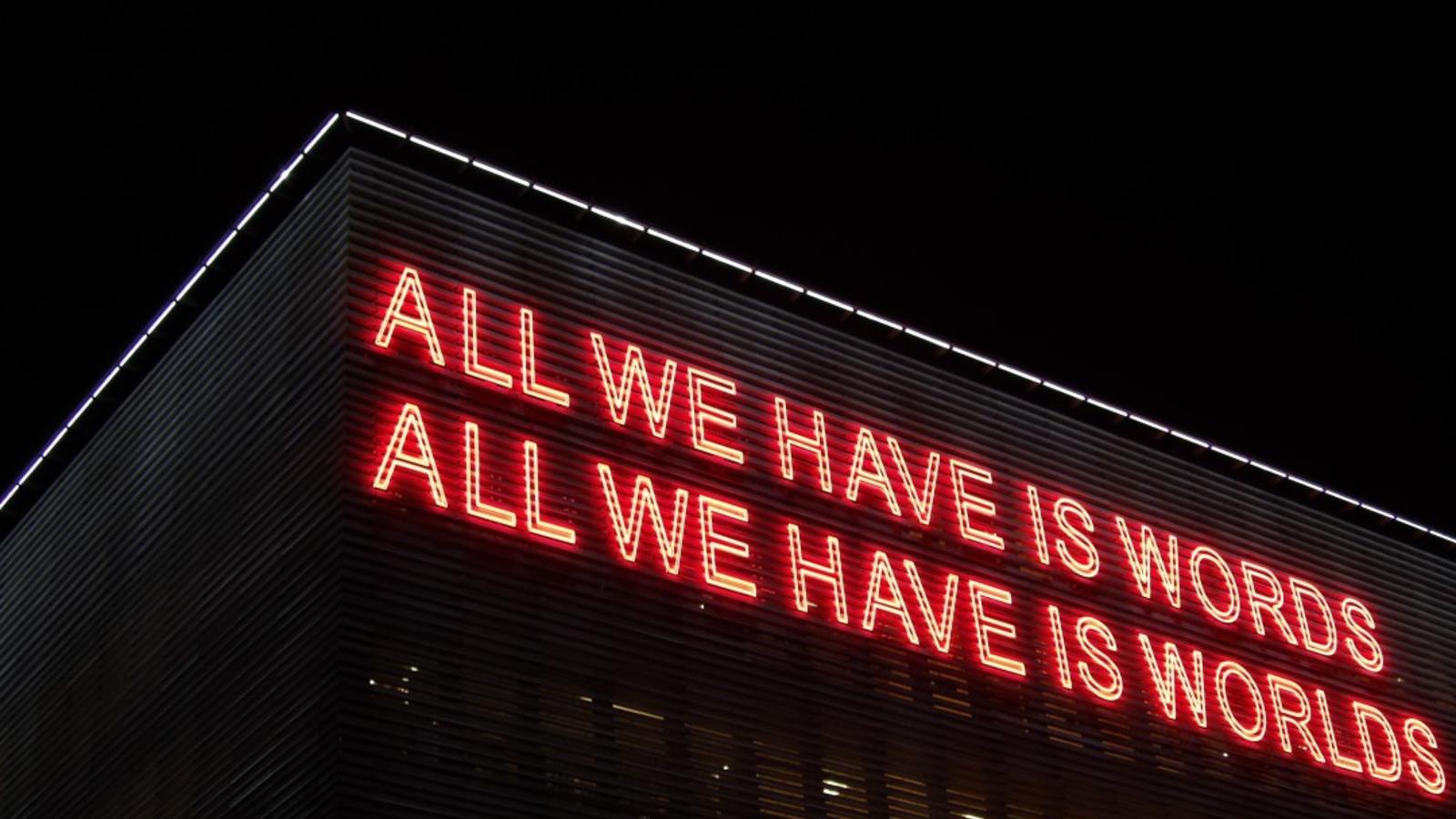
The Language of Inequality
It matters how we talk about social and economic disparities.
Based on research by Sora Jun, Rosalind M. Chow, A. Maurits van der Veen and Erik Bleich
“When we speak about the gender gap in terms of disadvantage, and helping women earn more compared to men, we automatically assume that men are making the correct amount,” says Jun. “But maybe we should be looking at both sides of the equation.”
Key findings:
- Rice Business Professor Sora Jun led a team that studied language used by the general public to talk about social and economic inequality.
- The team found that we tend to describe racial and gender inequality differently than wealth inequality. This difference reflects fundamental gaps in what we view as fair.
- How we describe inequality is significant because it impacts our view of who causes it and how society should address it.
Look closely at any news article about inequality and you will quickly notice that there is more than one way to describe what is happening.
For example:
“In 2022, men earned $1.18 for every dollar women earned.”
“In 2022, women earned 82 cents for every dollar men earned.”
“In 2022, the gender wage gap was 18 cents per dollar.”
When pointing out differences in access to resources and opportunities among groups of people, we tend to use three types of language:
- Advantaged — Describes an issue in terms of advantages the more dominant group enjoys.
- Disadvantaged — Describes an issue in terms of disadvantages the less dominant group experiences.
- Neutrality — Stays general enough to avoid direct comparisons between groups of people.
The difference between these three lenses, referred to as “frames” in academic literature, may be subtle. We may miss it completely when skimming a news article or listening to a friend share an opinion. But frames are more significant than we may realize.
“Frames of inequality matter because they shape our view of what is wrong and what should be fixed,” says Rice Business Professor Sora Jun.
Jun led a research team that conducted multiple studies to understand which of the three frames people typically use to describe social and economic inequality. In total, they analyzed more than 19,000 mainstream media articles and surveyed more than 600 U.S.-based participants.
In Chronic frames of social inequality: How mainstream media frame race, gender, and wealth inequality, the team published two major findings.
First, people tend to describe gender and racial inequality using the language of disadvantage. For example, “The data showed that officers pulled over Black drivers at a rate far out of proportion to their share of the driving-age population.”
Jun’s team encountered the same rhetorical tendency with gender inequality. In most cases, people describe instances of gender inequality (e.g., the gender pay gap) in terms of a disadvantage for women. We are far more likely to use the statement “Women earned 82 cents for every dollar men earned” than “Men earned $1.18 cents for every dollar women earned.”
"We expected that people would use the disadvantage framework to describe racial and gender inequalities, and it turned out to be true,” says Jun. “We think that the reason for this stems from how legitimate we perceive different hierarchies to be.” Because demographic categories like gender and race are unrelated to talent or effort, most people find it unfair that resources are distributed unevenly along these lines.
On the other hand, Jun expected people to describe wealth inequality in terms of advantage rather than disadvantage. The public typically considers this form of inequality to be more fair than racial or gender inequality. “In the U.S., there is still a widespread belief in economic mobility — that if you work hard enough, you can change the socioeconomic group you are in,” she says.
But in their second major finding, she and fellow researchers discovered that the most common frame used to describe wealth inequality was no frame at all. We find this neutrality in statements like “Disparities in education, health care and social services remain stark.”
Jun is not sure why people take a neutral approach more frequently when describing wealth inequality (speaking specifically of economic classes outside of gender and race). She suspects it has something to do with the fact that we view wealth as a fluid and continuous spectrum.
The merits of the three frames are up for debate. Using the frame of disadvantage might seem to portray issues more sympathetically, but some scholars point to potential downsides. The language of disadvantage installs the dominant group as the measuring stick for everyone else. It may also put the onus of change on the disadvantaged group while making the problem seem less relevant to the dominant group.
“When we speak about the gender gap in terms of disadvantage, and helping women earn more compared to men, we automatically assume that men are making the correct amount,” says Jun. “But maybe we should be looking at both sides of the equation.”
On the other hand, Jun cautions against using a one-size-fits-all approach to describing inequality. “We have to be careful not to jump to an easy conclusion, because the causes of inequality are so vast,” she says.
For example, men tend to interrupt conversations in team meetings at higher rates than women. “Should we frame this behavior in terms of advantage or disadvantage, which naturally leads us to prompt men to interrupt less and women to interrupt more?” asks Jun. “We really don’t know until we understand the ideal number of interruptions and why this deviation is happening. Ultimately, how we talk about inequality depends on what we want to accomplish. I hope that through this research, people will think more carefully about how they describe inequality so that they capture the full story before they act.”
Jun, S., Chow, D., van der Veen, A.M. & Bleich, E. “Chronic frames of social inequality: How mainstream media frame race, gender, and wealth inequality.” Proceedings of the National Academy of Sciences of the United States of America, vol. 119, issue 21 (2022): e2110712119.
Never Miss A Story



